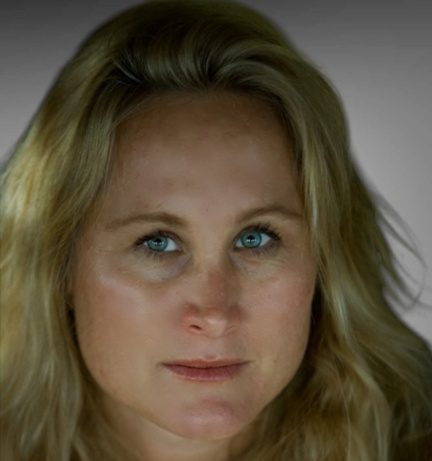Land
HOW TO CREATE SUSTAINABLE COMMUNITIES
Check out these examples across the world of smart greener ways to build
Creating sustainable communities requires is about minimizing damage to the environment and a carbon footprint – and just as important, creating climate resiliency and offering a high quality of life for residents. Here are some rules for building sustainable communities.
1. Use Land Smartly
Sustainable communities have compact, walkable neighborhoods to protect nature and reduce the need for transportation. By clustering homes, businesses, and services together, residents can do their daily errands by walking or riding bikes, rather than driving in cars.
The city of Portland, Oregon has been a pioneer in promoting sustainability through its urban growth boundary – a city limit essentially – which stops suburban sprawl and encourages higher-density development within the city. Portland’s strategy has reduced the city’s carbon footprint and preserved surrounding farmlands and forests, which would otherwise be at risk of being cut down and built upon.
2. Provide Clean Energy Transportation
Sustainable communities don’t rely on gas-powered cars, and everyone having to own their own car. Investing in public transportation, biking infrastructure, and pedestrian-friendly streets not only reduces emissions but also promotes public health by encouraging physical activity.
Curitiba, Brazil, is an example of a city that has successfully done this. The city’s Bus Rapid Transit system, built in the 1970s, has become a global model for efficient, cost-effective public transportation. Because of it, Curitiba has less congestion, better air quality, and a convenient way to get around that most residents take advantage of.
3. Rely on Green Building Practices
Most people don’t know that how buildings are constructed tremendously affects energy consumption and carbon emissions. Sustainable communities incorporate solar design, high-performance insulation, and sustainable materials like reclaimed wood. New zero carbon cement additives means it’s possible for buildings to absorb more carbon dioxide than they generate now in their production. All of these can help communities drastically reduce their carbon footprint.
The Living Building Challenge is a standard for sustainable building that goes beyond energy efficiency to include water conservation, non-toxic materials, and the use of renewable energy. For example, TPHA homes in Hawaii have a generator that pulls clean water from the air to not strain our public water resources. And the Bullitt Center in Seattle, the greenest commercial building in the world, shows how we can use innovative technology to create structures that are not just carbon neutral but carbon negative, meaning they pull carbon from the environment.
4. Invest in Local Food Systems & Urban Agriculture
As the climate crisis fuels drought, food production in the U.S. will become more difficult. Food sustainability is integral to resilient communities. Growing and buying locally eliminates the need to transport food across the country, which hugely cuts emissions and supports the local economy. That’s why TPHA communities include fruit-bearing trees and low-to-no water landscaping.
Community gardens, rooftop farms, and farmers’ markets in many cities help too. They foster a sense of community and bring us back into relationship with what it takes to grow food and live in harmony with the seasons where we live. Detroit, Michigan is a striking example of urban agriculture in action. Faced with lots of vacant land, Detroit has embraced urban farming to rebuild its economy. Today, the city has over 1,500 community gardens and urban farms, helping to revitalize neighborhoods while making sure people don’t get hungry.
5. Cut Down on Waste
Recycling, composting, and reusing materials to cut waste is key. In a circular economy, people build products from reused, repaired, recycled materials to minimize waste and consume less resources. San Francisco is a leader here, with its Zero Waste program, which aims to divert 100% of waste from landfills by 2030. Through aggressive recycling programs and policies banning single-use plastics, the city has already achieved an 80% waste diversion rate.
6. Promote Social Equity
Finally sustainable communities aren’t just about taking care of the planet; they’re also about taking care of eachother. Sustainability means that everyone, regardless of class, has access to housing, education, healthcare, and job opportunities. Inclusive decision-making, where residents have a say in the development of their community, strengthens social bonds and creates communities that function more smoothly.
Vauban in Freiburg, Germany stands out a powerful example of an inclusive, sustainable community. Built with strong citizen involvement, the neighborhood includes car-free zones, energy-efficient housing, and shared green spaces. It also demonstrates how citizens being part of planning can lead to more sustainable and livable urban environments.



